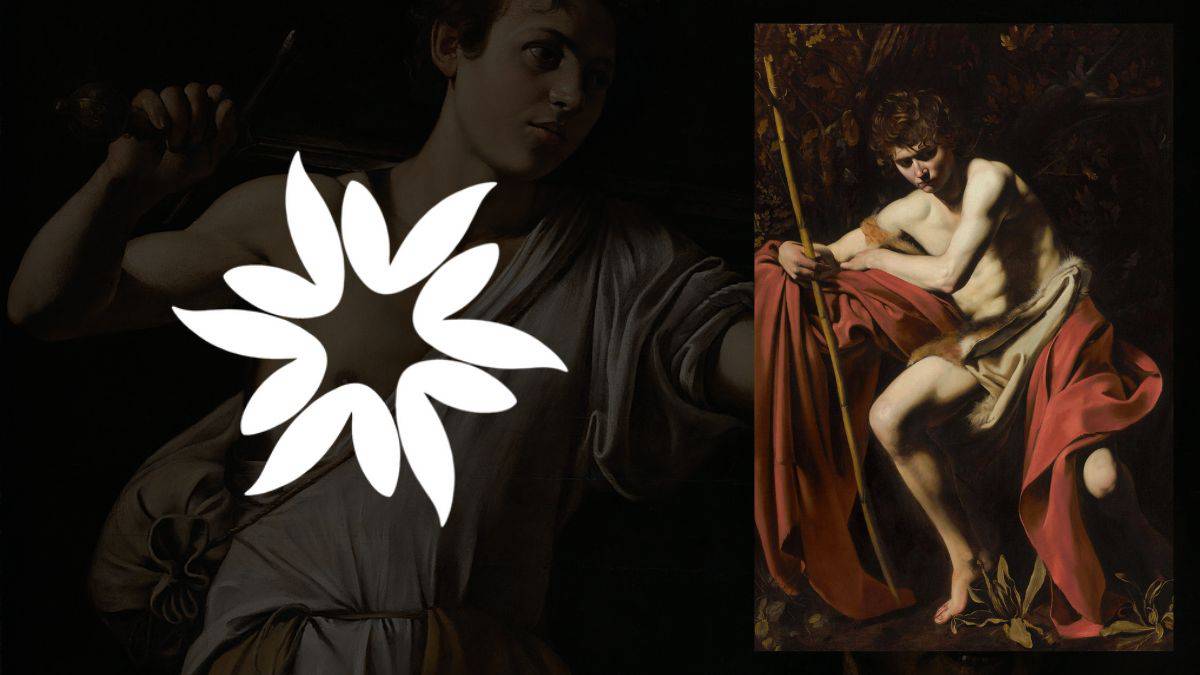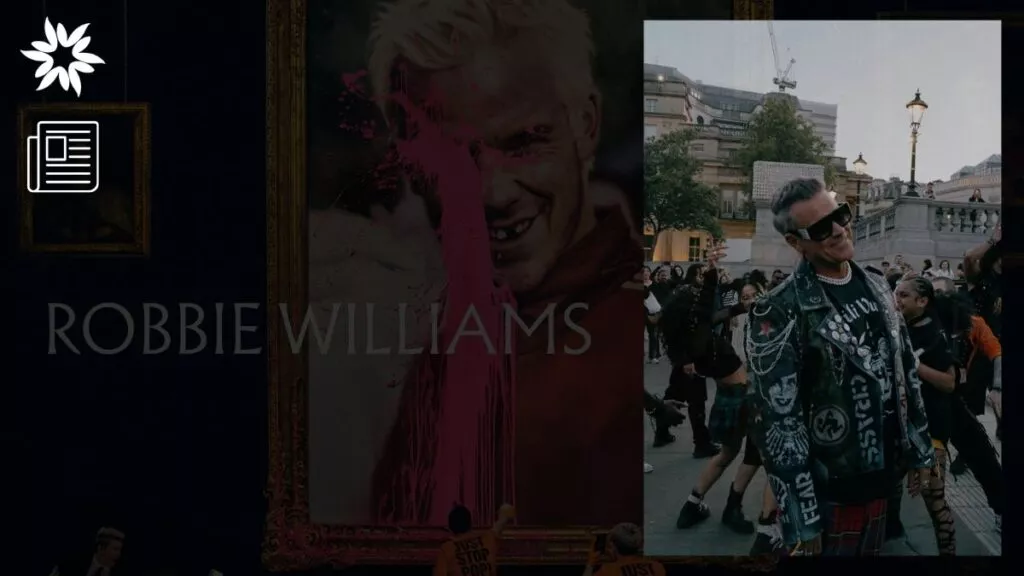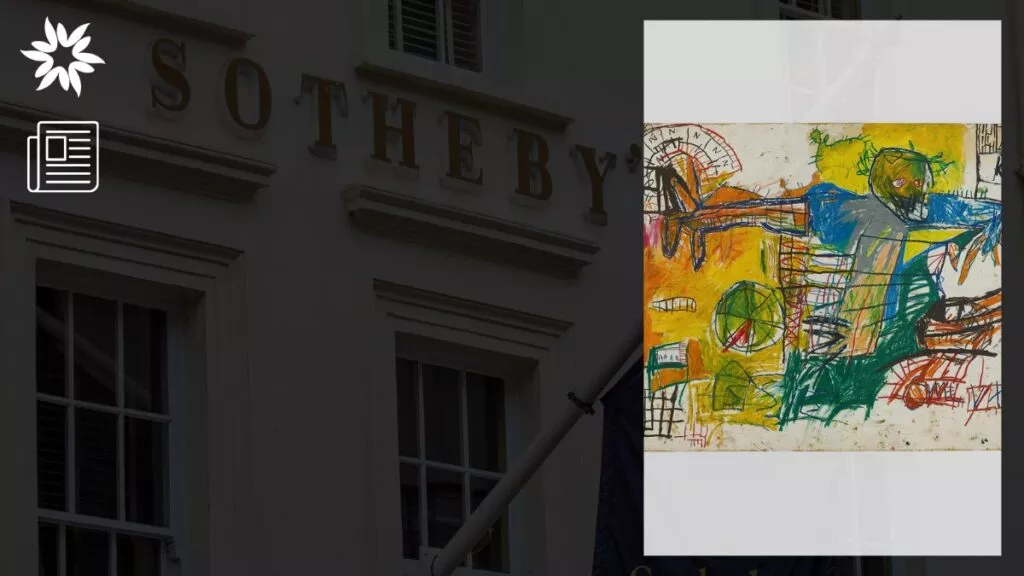Caravaggio was a famous painter known for his dramatic use of light and dark.
His works, such as The Calling of Saint Matthew and Judith Beheading Holofernes, are celebrated for their realism and emotional intensity.
Key Takeaways
- Caravaggio is known for his dramatic use of light and shadow (chiaroscuro) and realistic depictions of human figures.
- His major works, such as The Calling of Saint Matthew and Judith Beheading Holofernes, have impacted the art world.
- Caravaggio's life ended mysteriously, but his final painting, The Martyrdom of Saint Ursula, remains a testament to his artistic genius.
Early Life and Training of Michelangelo Merisi da Caravaggio
Michelangelo Merisi, known as Caravaggio, was born on September 29, 1571, in Milan, Italy.
His father, Fermo Merisi, was an architect-decorator and household administrator for the influential Sforza family, and his mother, Lucia Aratori, came from a well-off family.
Despite this relatively comfortable upbringing, Caravaggio’s early life was marked by hardship and tragedy.
In 1576, the Merisi family moved to the small town of Caravaggio, from which the artist later took his name, to escape a plague that devastated Milan.
However, the plague still claimed the lives of Caravaggio’s father and grandfather in 1577, when Caravaggio was only six years old. This left the family in a precarious financial situation.
By 1584, at the age of 13, Caravaggio began his formal training as an artist. He was apprenticed to Simone Peterzano, a Milanese painter who had himself studied under the great Venetian master Titian.
During his four-year apprenticeship, Caravaggio learned the basics of painting, developing skills that would later define his work, such as a keen eye for realism and a meticulous approach to detail.
After completing his apprenticeship, Caravaggio’s movements are somewhat unclear. Still, it is believed he may have traveled to Venice, where he would have been exposed to the works of Giorgione and other Venetian artists who influenced his use of light and color.
He returned to the Milan-Caravaggio area, continuing to hone his craft, possibly taking inspiration from local art treasures, including Leonardo da Vinci’s Last Supper.
In 1592, at the age of 21, Caravaggio moved to Rome. He arrived in the city with little money and few prospects but soon found work in the workshop of Giuseppe Cesari, a well-known painter of the time.
Here, Caravaggio was primarily tasked with painting flowers and fruit, further allowing him to develop his realistic style.
Caravaggio’s early works in Rome, such as Boy with a Basket of Fruit and The Cardsharps, began to attract attention for their striking realism and innovative use of light and shadow.
Unlike the idealized figures of Renaissance art, Caravaggio’s subjects were depicted with all their natural flaws and imperfections, a style that his contemporaries praised and criticized.
Caravaggio’s career flourished through the patronage of influential figures like Cardinal Francesco Maria del Monte. Del Monte introduced him to other patrons and secured commissions that helped establish Caravaggio as one of the leading painters of his time.
His early success in Rome led to a career full of outstanding artistic achievements and a chaotic personal life.
Caravaggio’s unique painting style, with its dramatic use of light and shadow and realistic depictions, influenced many artists and secured his reputation as a pioneer of the Baroque style.
Major Works and Dramatic Realism of Caravaggio
Caravaggio’s paintings are celebrated for their dramatic realism and use of light and shadow. Some of his most famous works include:
- The Calling of Saint Matthew (1599-1600): This painting depicts the moment when Jesus calls Matthew to follow him. Caravaggio uses a strong contrast of light and dark to highlight Jesus’s divine presence in a dimly lit room. The realistic depiction of the characters in contemporary clothing adds to the painting’s dramatic effect.
- Judith Beheading Holofernes (1598-1602): This intense painting captures the biblical story of Judith beheading the Assyrian general Holofernes. The gruesome realism and dramatic lighting emphasize Judith’s determination and the horror of the act.
- Medusa (1597-1598): Painted on a convex shield, this work shows Medusa’s head moments after Perseus decapitates her. Caravaggio’s use of light and dark brings the monstrous figure to life, creating a haunting and powerful image.
- The Beheading of Saint John the Baptist (1608): This large canvas shows the execution of John the Baptist, with a servant girl holding a platter to receive his head. The use of chiaroscuro highlights the scene’s brutality and the onlookers’ solemn expressions.
- David with the Head of Goliath (1610): This painting is considered a self-portrait, with David representing the young Caravaggio and Goliath, the artist’s older self. The painting’s dark tones and detailed realism showcase Caravaggio’s ability to convey intense emotion and psychological depth.
The Signature Style of Caravaggio Paintings
Caravaggio’s style is defined by several key characteristics:
- Chiaroscuro and Tenebrism – Caravaggio is renowned for using chiaroscuro, the contrast of light and dark, to create a dramatic effect. Tenebrism, a style he pioneered, uses even more pronounced contrasts and deep shadows to focus attention on specific parts of the painting, enhancing the scene’s emotional impact.
- Realism – Caravaggio was known for his intense realism, depicting his subjects with all their natural flaws and imperfections. He painted people as they were, with dirty feet, wearing clothes, and real emotions, which was a departure from the idealized figures common in Renaissance art.
- Psychological Intensity – Many of Caravaggio’s works have emotional and psychological depth. His ability to capture the human condition, from the horror of a beheading to the introspection of self-reflection, adds a powerful layer of meaning to his paintings.
- Use of Contemporary Models – Caravaggio often used real people as models for his biblical and mythological scenes. This approach grounded his works in reality and made them more relatable to viewers of his time.
- Narrative Drama – His compositions often capture a single, intense moment in time, similar to a snapshot from a dramatic play. This technique draws the viewer into the story and heightens the overall impact of the scene.
Caravaggio’s Last Painting: The Martyrdom of Saint Ursula
The Martyrdom of Saint Ursula, Caravaggio’s final painting, was completed in 1610.
This painting was commissioned by Marcantonio Doria, a Genoese nobleman, to celebrate his stepdaughter joining the Order of Saint Ursula.
The painting shows the sad moment when Saint Ursula is hit by an arrow shot by the Hun leader. He had promised to spare her life if she married him, but she refused, resulting in her death.
Focusing on the moment just after she is struck, this painting captures the surrounding figures’ reactions of shock and horror.
The use of light and shadow in this piece is characteristic of Caravaggio’s dramatic style.
Caravaggio’s life ended abruptly and under mysterious circumstances in July 1610. After completing The Martyrdom of Saint Ursula, he left Naples in an attempt to receive a papal pardon for a murder he had committed in 1606.
However, he never made it to Rome. He died in Porto Ercole, a coastal town north of Rome. The exact cause of his death remains uncertain, though theories include fever, possibly malaria, lead poisoning, or even murder.
Visit These Museums to See Caravaggio’s Top Paintings
If you want to experience Caravaggio’s dramatic and powerful works in person, many of his famous paintings are displayed in the world’s top museums.
You can visit the Galleria Borghese in Rome to see David with the Head of Goliath or the Uffizi Gallery in Florence for Bacchus.
The National Gallery in London houses the Supper at Emmaus, while The Beheading of Saint John the Baptist is located at St. John’s Co-Cathedral in Malta.
Each museum offers a unique opportunity to witness Caravaggio’s masterful use of light and shadow, bringing his intense and realistic scenes to life.
Plan your visit to one of these top museums and immerse yourself in the artistic mastery of one of history’s most influential painters.








